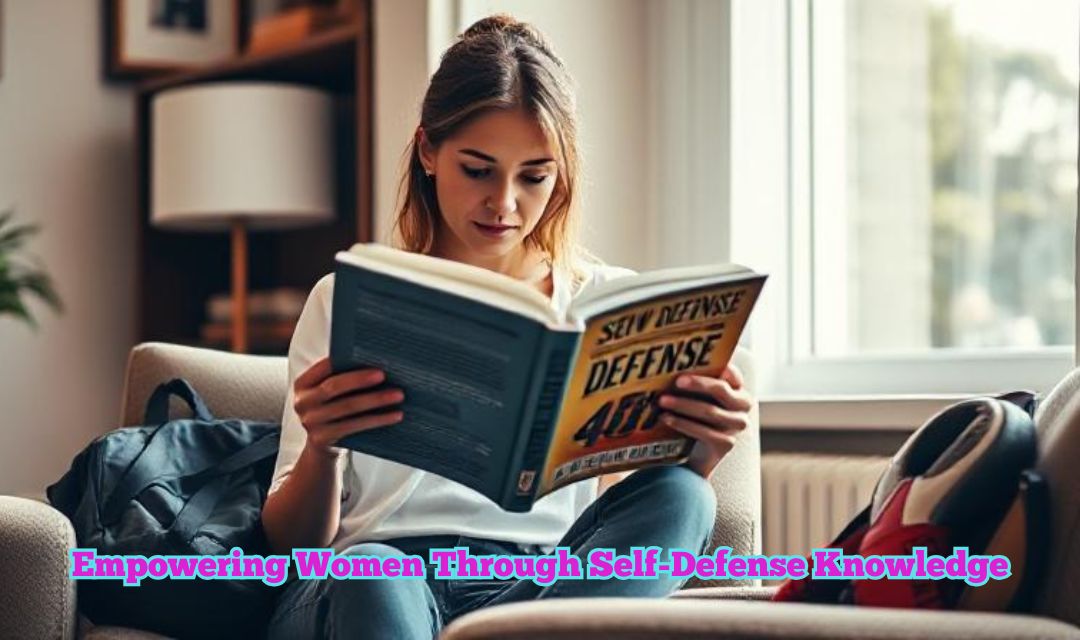
The Best Self Defense Books for Women: Female Empowerment Through Knowledge
Introduction
In today’s world, self defense for women is about much more than learning how to block or strike. It is about empowerment—developing confidence, awareness, and the ability to protect oneself both physically and psychologically. Across the United States, women are increasingly turning to education, training, and resources like self defense books for women to build resilience and strength. Authors like Paxton Quigley, with decades of expertise in personal protection, have paved the way for knowledge-based empowerment through practical and deeply researched guides.
Self Defense for Women – Building Strength and Confidence
When most people think of self defense for women, they picture physical techniques such as martial arts or fitness-based training. While these are important, true self-defense begins with mindset. Confidence, situational awareness, and the ability to make rapid, informed decisions in stressful environments are equally critical. In the U.S., many women face unique safety challenges, whether walking alone at night, navigating college campuses, or managing business travel. Preparing mentally and emotionally allows women to recognize risks early and respond effectively. Building this confidence is often the first layer of protection—and it is where books, training, and education intersect.
Books on Women Self-Defense as Tools for Empowerment
Books on women self-defense go beyond physical technique. They provide a framework of strategies: how to stay alert in vulnerable situations, how to de-escalate potential threats, and when and how to act with force if necessary. Unlike a single self-defense class, books allow women to revisit lessons, study different approaches, and absorb both tactical and psychological guidance.
For example, Paxton Quigley’s widely recognized works combine technical instruction with psychological preparation. This combination equips readers to manage fear, control adrenaline, and take back power in situations where hesitation can mean danger.
The difference between physical guides and psychological readiness is essential: while physical moves are critical, the knowledge of why and when to use them creates a complete defense strategy.
Self Defense Books for Women – A Foundation of Safety
books for women introduce practical exercises, real-world examples, and confidence-building techniques that apply in daily life.
Many books on self defense explain not only how to protect yourself but also how to think strategically about environments—whether at home, work, or in public. This transforms learning from theory into practical application, giving women the ability to take safety into their own hands.
Authors with decades of experience, like Paxton Quigley, integrate lessons learned from teaching thousands of women. Her approach bridges the gap between knowledge and empowerment, helping women understand that safety is not about fear but about control.
Best Self Defense for Women: From Knowledge to Action
The best self defense for women does not end with reading—it begins there. Books provide the foundation, but they should inspire real-world action: taking classes, practicing techniques, and developing consistent awareness habits.
When paired with training, self defense books help women retain knowledge and approach defense holistically. They cover situational awareness, boundary-setting, verbal defense, and physical moves, all of which work together to strengthen confidence.
The transition from knowledge to practice is where true empowerment emerges. A woman who has read, studied, and prepared is not only harder to victimize but also more confident in every aspect of her daily life.
Female Empowerment Books and the Role of Self Defense
Self-defense is a form of empowerment. Many female empowerment books focus on confidence, leadership, and resilience. Similarly, self defense books for women help women reclaim control of their personal safety, which directly translates into greater confidence in relationships, careers, and communities.
Books like Paxton Quigley’s Armed & Female series have empowered thousands of women by combining knowledge with practical tools. These works highlight that empowerment is not only about professional success or personal growth but also about safety and independence.
When women integrate lessons from female empowerment books with self defense for women strategies, they create a powerful combination—confidence backed by capability.
Conclusion
In the United States, the conversation around women’s safety continues to grow, and with it, the recognition that education is empowerment. Reading books on women self-defense provides both knowledge and confidence, bridging the gap between awareness and action.
The best self defense for women is not just about learning physical techniques but also about building psychological resilience and situational preparedness. Authors like Paxton Quigley have demonstrated that self defense books are not merely instructional manuals—they are empowerment guides that help women reclaim control over their safety and their lives.
By exploring female empowerment books alongside self-defense resources, women can equip themselves with the mindset, strategies, and skills needed to thrive in an uncertain world. Knowledge is the first step. Action makes it powerful.